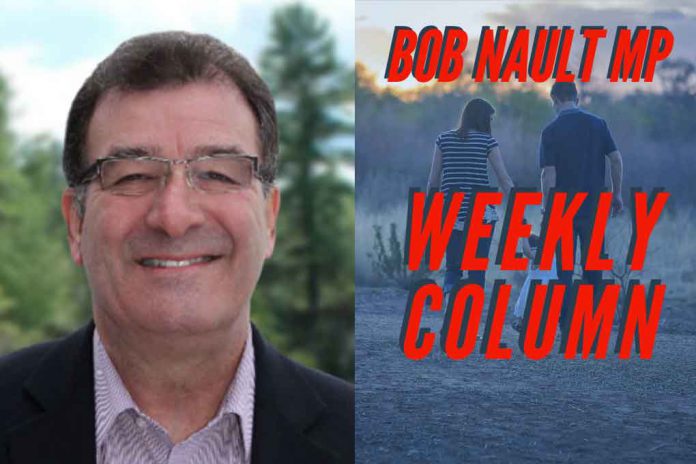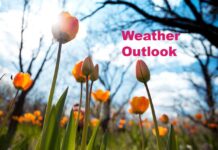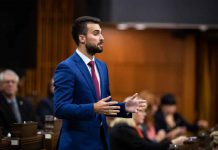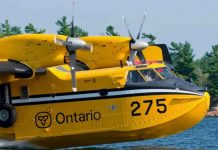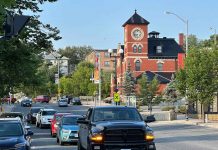KENORA – Canada’s tourism sector is booming, bringing in a record number of international visitors in 2017 and 2018. In fact, it’s our number one service export accounting for one in ten jobs. Tourism supports more than 1.8 million jobs in Canada, with 56% of those being in rural areas, just like ours. In the North, tourism is one of our largest sectors, and now, with summer in full swing, our population will significantly increase throughout the region. As a government, we’re committed to continue building on this momentum by investing in tourism in order to create jobs and grow Canada’s economy. It also gives us even more opportunities to proudly tell the world what Canada is all about.
Earlier this month, the federal tourism growth strategy was released, to help increase growth and diversify the sector by showcasing the unique experiences that continue to attract tourists to our country, year-round. The goal is to boost the tourism sector by 25 per cent to $128 billion by 2025. In addition to boosting tourism revenues, the strategy sets out to expand the scope of tourism, which in turn, will create 54,000 new jobs in the process. It will also look at ways to attract and expand international winter-time tourism during the colder seasons to 8 million people. This would account for 32 per cent of all tourists who come to explore Canada.
This program will empower communities of all sizes through the Canadian Experiences Fund by providing $58.5 million in funding to enhance the Canadian experience to international visitors. It will also change the way we invest in tourism by developing Tourism Investment Groups where all levels of government will collaborate to invest more efficiently while meeting local priorities and identifying ways to raise private investment. Finally, it will create a new Tourism Industry Economic Strategy Table to provide a way for government and industry leaders to collaborate.
The Canadian Experiences Fund will put a priority on investments in rural and remote areas to create jobs, create new economic opportunities in communities, and entice tourists to lesser-known parts of the country. It will help rural communities build on their strengths as they transition to a more diverse economy by providing investment dollars to develop attractions outside major cities, such as community beautification projects, adventure tourism, ecotourism and agri-tourism.
Unlocking the full potential of tourism in the North requires improvements to our infrastructure. Up to $1.7 billion will be invested to make universal highspeed broadband in rural, remote and northern communities. This will allow tourism businesses in underserved communities the ability to expand their digital footprint in new and innovative ways through the internet in order to reach new markets.
Tourism has always been a major driving force in the North and across the country. Tourism supports business and not-for-profits from coast-to-coast-to-coast. It provides secure, well-paying jobs, especially for smaller communities which offer a wide range of cultural and recreational activities. Our communities in the North are beautiful and pristine, teeming with an abundance of wildlife that we often just take for granted. This uniqueness makes the North the perfect destination for visitors who are now looking, in growing numbers, for brand new experiences.
Much too often, the economic potential of tourism is undervalued and we need to change that perception. This new strategy is a great step in the right direction as it will drive economic growth, create new jobs right across our region, and improve the quality of life of our residents.
Bob Nault MP

